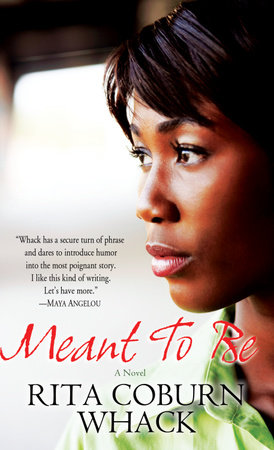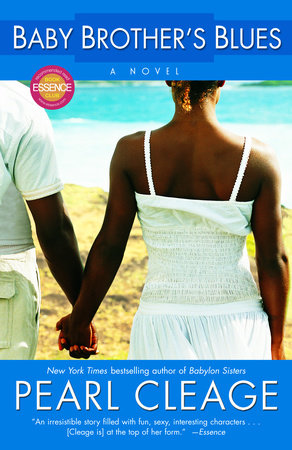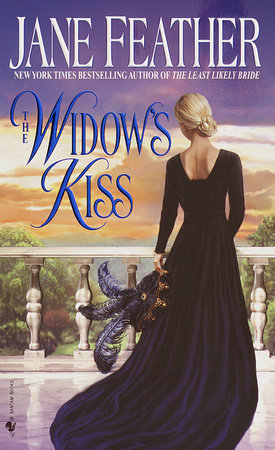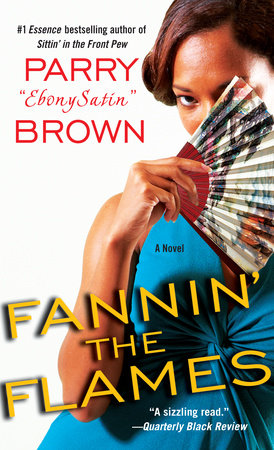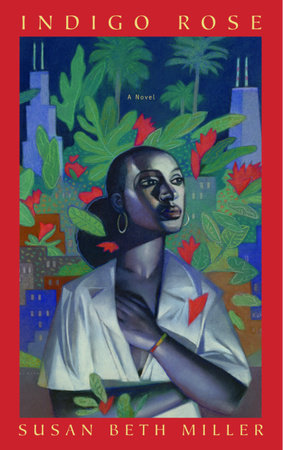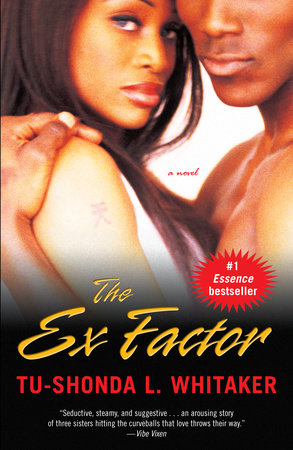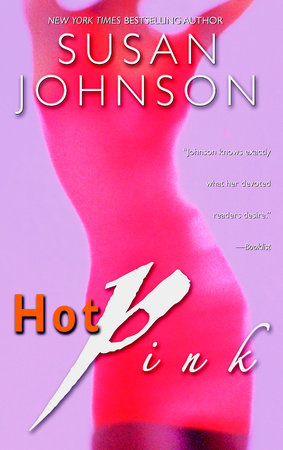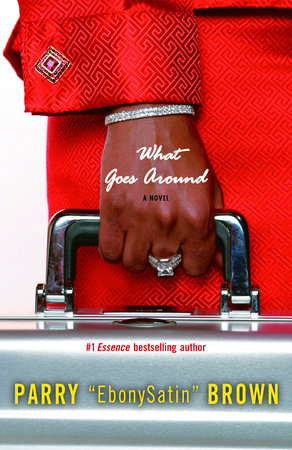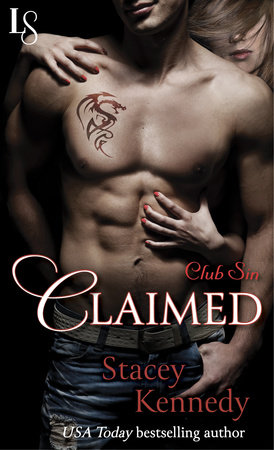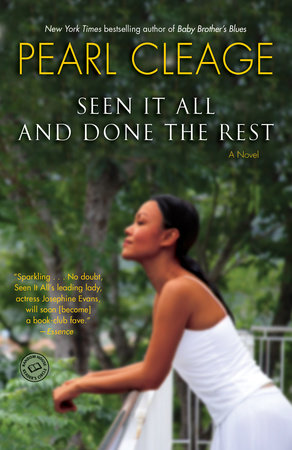Author Q&A
A Conversation with Rita Coburn Whack, Author of Meant to Be
How much of Meant to Be is based on your own life experience?
You will find facets of me in quite a few of the characters-Jan, Hannah, even Don and Phillip. The novel is based on the essence of my life as well as on so many of the lives I observed while growing up in a small all-black town. Like Jan, I had an aunt who sowed seeds of Christianity in my life that matured much later. P.J., who is known as Jan when we see her as an adult, is quite a bit more sure of herself than I was, and yet she is a person searching for some thing, some people, and some place that she perceives to be better than her current experience. As a child, I was intrigued by Chicago and all I thought it had to offer. I think the big city beckons to those who live a small-town life. Charles, Jan, Jessie, and even Ada have all come to the city to better themselves. So the universality of leaving a small town and the revelation that the city is yet another place to be conquered exists. However, in Meant to Be, it is the people themselves who must grow beyond a small-town mentality into a maturity that gives them comfort no matter where they live. For Jan, that goal is realized, in part, by her journey to the big city.
Jessie, Jan’s mother, and Charles, her father, are living out lives that they also would rather trade for something better. Yet Jan is the only one who makes the journey out, and it is a spiritual journey as well. Why is that important?
In 1967, when we meet P.J., the world is quite a different place from what it is today. Fathers, despite the struggle, head black families. The divorce rate is low, and Christianity is the mainstay of life. At that time, the black church was the glue that held many of these all-black towns together. When I grew up there were about six churches in our community, two liquor stores, a convenience store, candy shops, and people who sold freeze cups from the back door of their homes for a nickel. All that is to say, we were poor, proud, and happy to be alive. We were also ignorant of a world that offered much more. We knew about God, our family, and our town, and little else. Then integration and television came along. These two forces showed us that there was more. No longer were there tales of going up North as in the Great Migration, but many viewed a simple move to the city as salvation. It was every young person’s dream, and I wanted to capture that move to the city-which is often a move away from the church-in a fictional character.
The voice of Hannah is very strong in the novel. Why bring a person back from the dead to tell the story?
The need for strata of generations is great in black storytelling. Whenever we pop up in literature without mothers, grandmothers, and the like, I am an unconvinced reader. Hannah served many purposes. As an omniscient voice, she could give the reader a taste of ancestry and that deep-rooted belief in God, mixed with traditional African concepts of existence. In some African cultures, life is lived on three levels: the living, which you and I are; the living dead, a person who is dead but still remembered, such as Christ, Abraham Lincoln, Martin Luther King, or, say, a recently deceased relative; and then the dead and gone, a person no one on earth remembers. Hannah is a living dead and as such can see between the worlds, and that insight moves us into the spiritual. I see Christ not only as a living dead from my African heritage, but as a living Spirit in my life. I personally practice Christianity as if we are all spirits housed in bodies and responsible for our souls. With discernment, we don’t see just people, but we can see lust, love, and something as simple as desiring more for our children than we had for ourselves. Hannah is insight, discernment, unconditional love. She doesn’t bring judgment. She hopes for the best. “A grandmother who had not lived long enough to become grand.” She can be present in sex scenes and not condemn-she can detest actions from her flesh remembrance, perhaps, but for her, the overriding hope is that Jan would get her act together and learn to live in the spirit while on earth, and that is more important than anything else.
There are quite a few sex scenes in the book. How do you justify this when there is such a strong Christian underpinning in the book?
In relationships, sex is what gets us in the most trouble and causes the most unanswered questions. It baits us, marries us, or aborts us in relationships. Sexuality is dealt with very consistently in the Bible and in Christianity because it is such a factor in the way we behave. In truly practicing Christianity, not talking about sex is the sin.
From romance, to adultery, to incest and beyond, sex is biblically labeled as a joining of souls, a commingling of spirits. In the late seventies and early eighties, when Jan is in Chicago, sex is part of the singles scene. Birth control prevents fear, AIDS has not yet materialized, and sex is a part of communication. For instance, the word on the street was that black men didn’t offer oral sex; only white men did that. The effect of this myth was that oral sex became a weapon of sorts, and Don, the aging Svengali-type lover, does that for Jan, tames her, turns her out, so to speak. Jan, on the other hand, is no angel. She enjoys it, is mesmerized by the attention. In fact, she is never pictured as the attentive lover, only the taker. And once again the city, with its introduction of new challenges that have to be conquered, proves that “some people and some place” is not the answer. Jan still has to search.
Do you believe the spirit world works the way you have depicted it in Meant to Be? Hannah follows Jan around, and Heaven is depicted, complete with a cast of Moses and other ancestors.
I do not know or claim to know exactly how the heavens work. For years I have studied the Bible, and yet I am a baby in the sense that I have been through the Bible cover to cover only once, and it took me well over a year. I don’t know what Moses is doing, but I realize he appears and speaks in the New Testament as well as the Old. I know that Christ, in a resurrected body, was able to walk through walls, conceal and reveal His appearance, and disappear and reappear. I know that a dead man under the earth could see his brother on earth and asked to come back to warn his brother to change his life and was denied. So I used my imagination. However, I would be the first person to tell a reader, if you are searching for biblical truth, then read the Bible; Meant to Be is not it. Creative spiritual ideas fill its pages, and if that causes people to read the real Book to find out more, I couldn’t be more pleased.
Are you working on another novel? If so, will it be similar in tone to Meant to Be?
I am working on another novel called Ella’s Deliverance. It deals with the concept of deliverance, because that is part of the area of ministry I am called to study. Deliverance is the casting out of demonic spirits, and biblically it is called “the children’s bread,” meaning it is a source of food for believers. I think my fiction will always embrace Christianity and its sense of salvation from whatever ails you right here on earth. I write this way because that is simply the largest part of who I am.
